Humans news stories
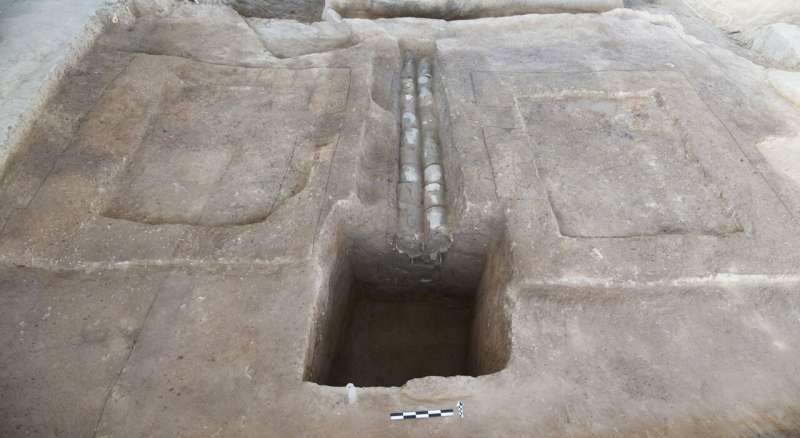
In a study published in Nature Water, the archaeological team describe a network of ceramic water pipes and drainage ditches at the Chinese walled site of Pingliangtai dating back 4,000 years to a time known as the Longshan period.
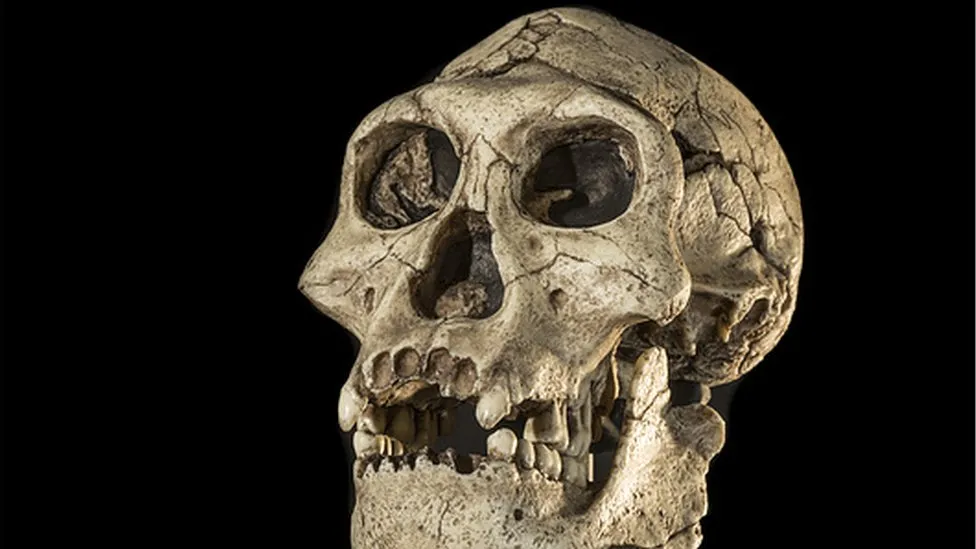
A big freeze previously unknown to science drove early humans from Europe for 200,000 years, but they adapted and returned, new research shows.
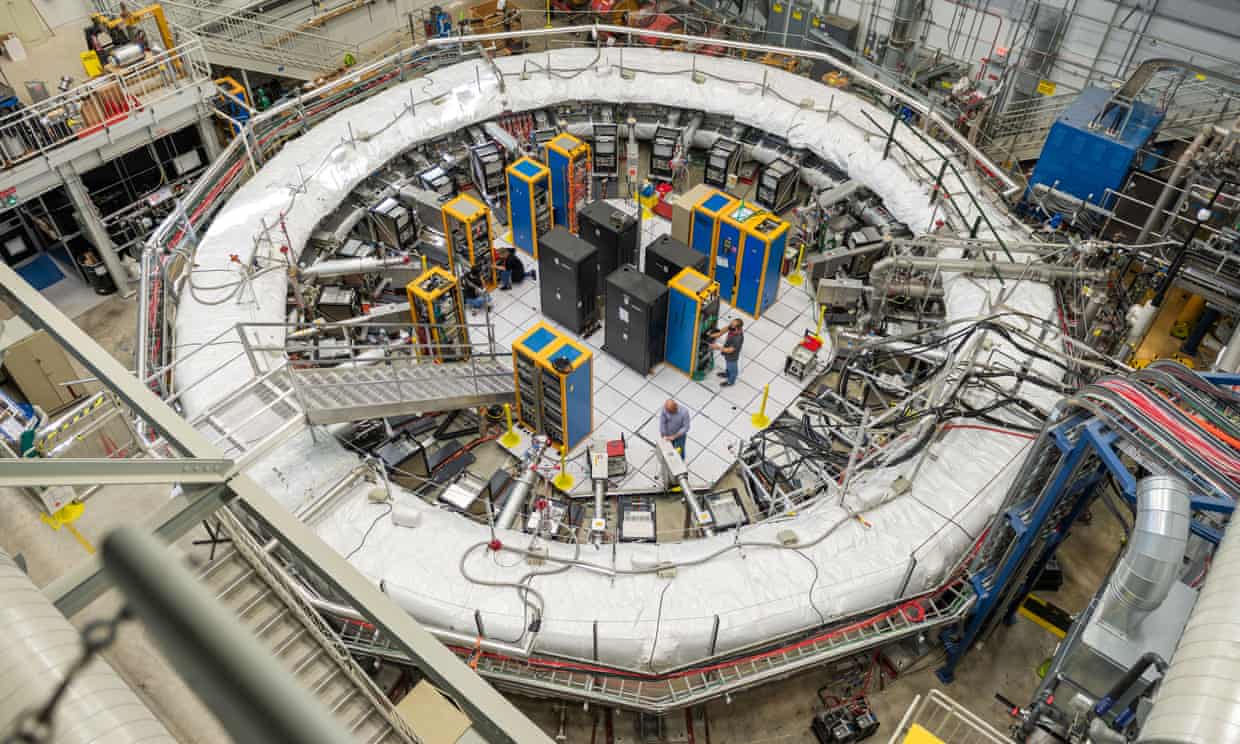
The tantalising theory that a fifth force of nature could exist has been given a boost thanks to unexpected wobbling by a subatomic particle, physicists have revealed.
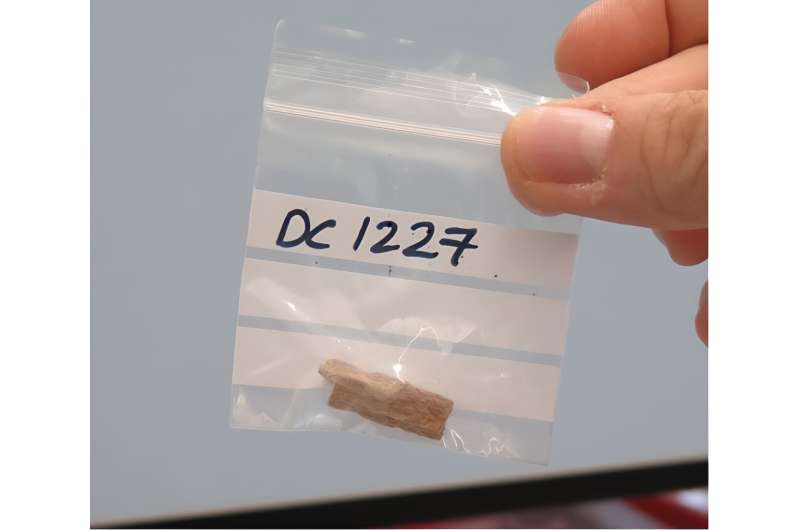
A new study published in the journal Science by an international team finds that past changes in atmospheric CO2 and corresponding shifts in climate and vegetation played a key role in determining when and where early human species interbred.
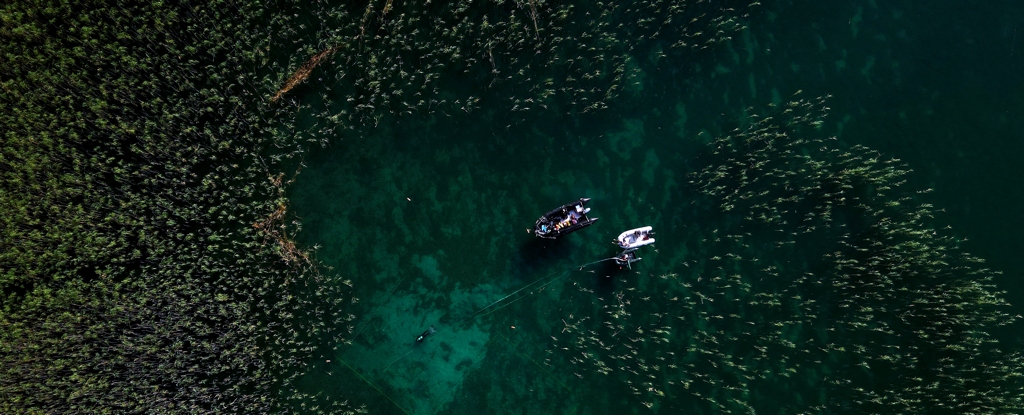
A stretch of the Albanian shore of the lake once hosted a settlement of stilt houses some 8,000 years ago, archaeologists believe, making it the oldest lakeside village in Europe discovered to date.
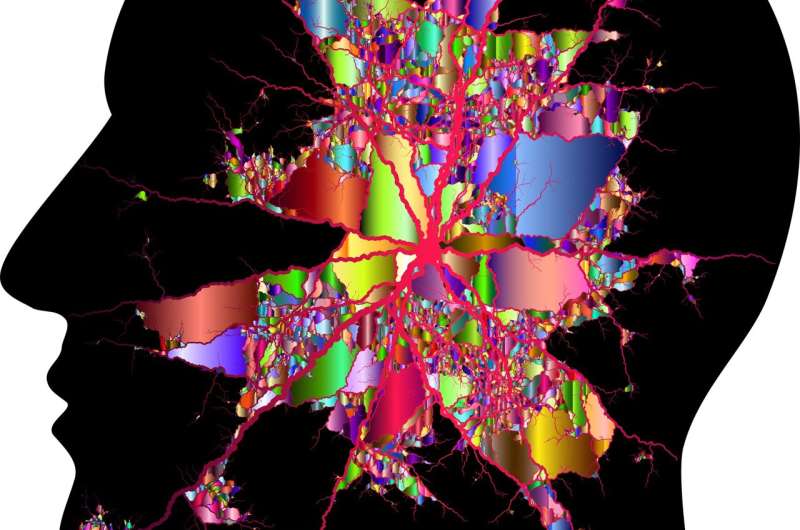
In the first and only clinical trial of a psychedelic for migraine, Dr. Schindler and colleagues found a roughly 50% reduction in weekly migraine days, as well as significantly reduced attack intensity, for two weeks following administration of a single, low (non-psychedelic) dose of psilocybin. No serious or adverse events were reported. See research here.
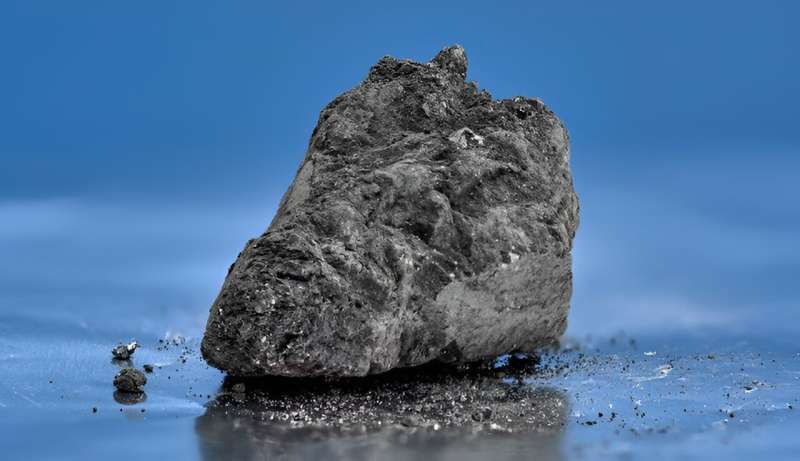
In a new paper published in Meteoritics & Planetary Science, researchers take a closer look at the minerals contained within the meteorite, its bulk elemental composition and water content.
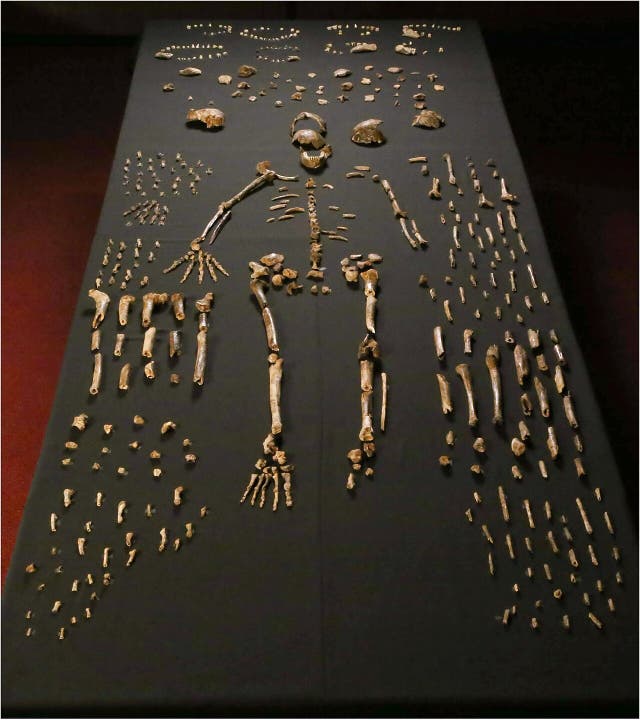
Did an extinct ‘small-brained ape-man’ species develop a sophisticated culture millennia before we did?
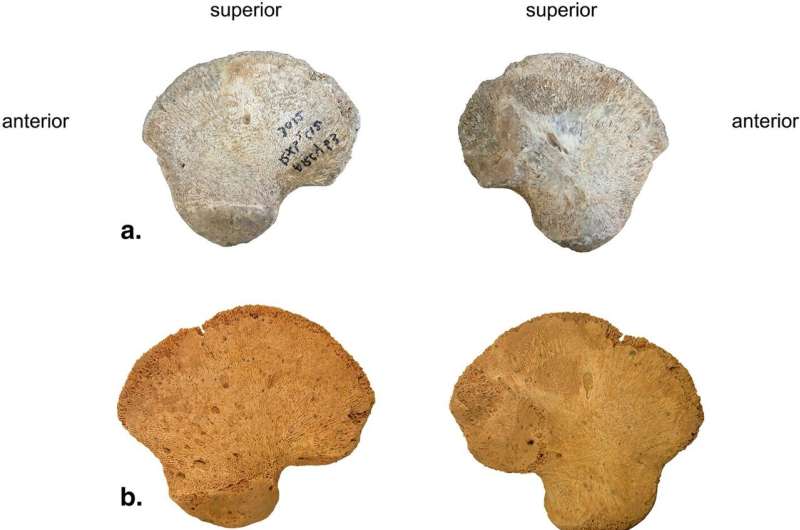
A bone found in a cave by an international team of anthropologists in France may represent a previously unknown lineage of Homo sapiens. The study is published in the journal Scientific Reports.
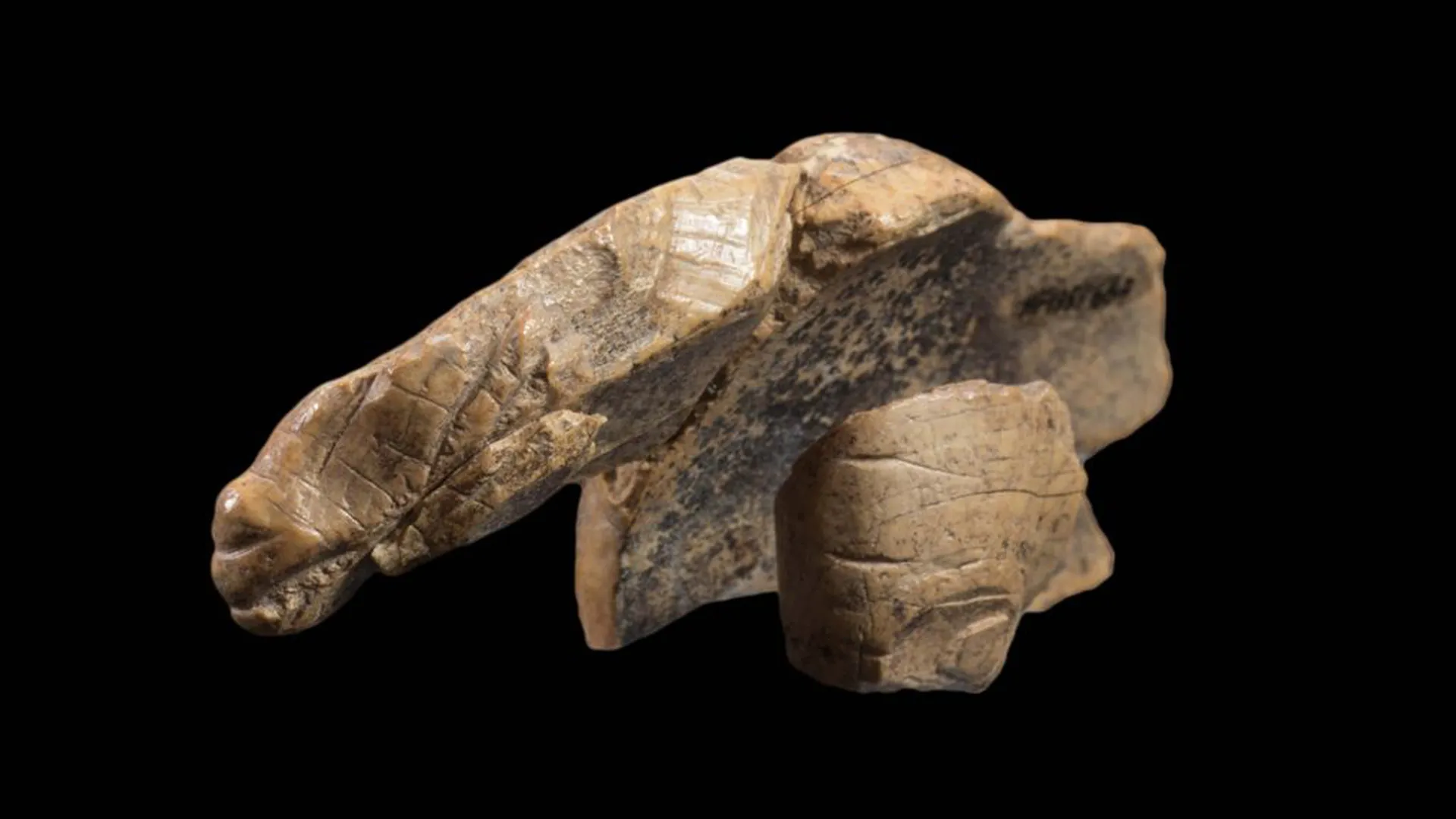
Archaeologists in Germany have discovered the missing piece of an ice age carving deep in a cave. But the new addition of the ivory carving, originally thought to depict a horse, has actually complicated matters: Now, researchers aren’t sure if it portrays a cave lion or a cave bear.
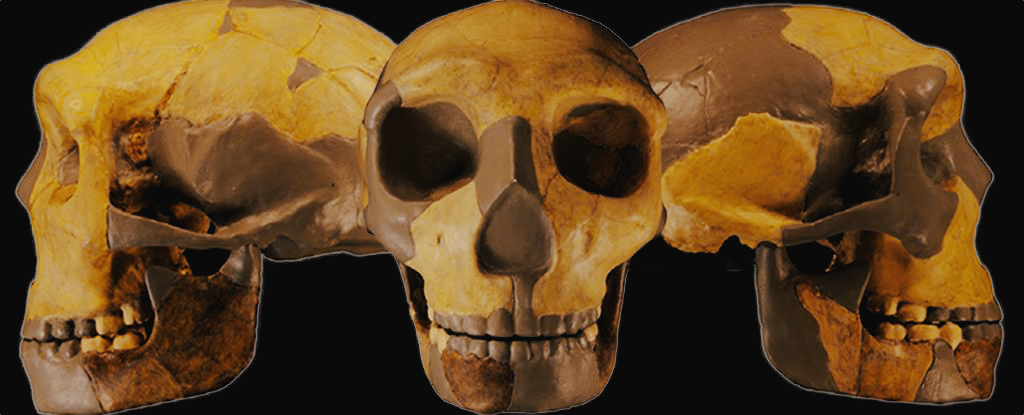
It resembles neither the lineage that split to form Neanderthals, nor Denisovans, nor us, suggesting our current version of the human family tree needs another branch. The study was published in the Journal of Human Evolution.
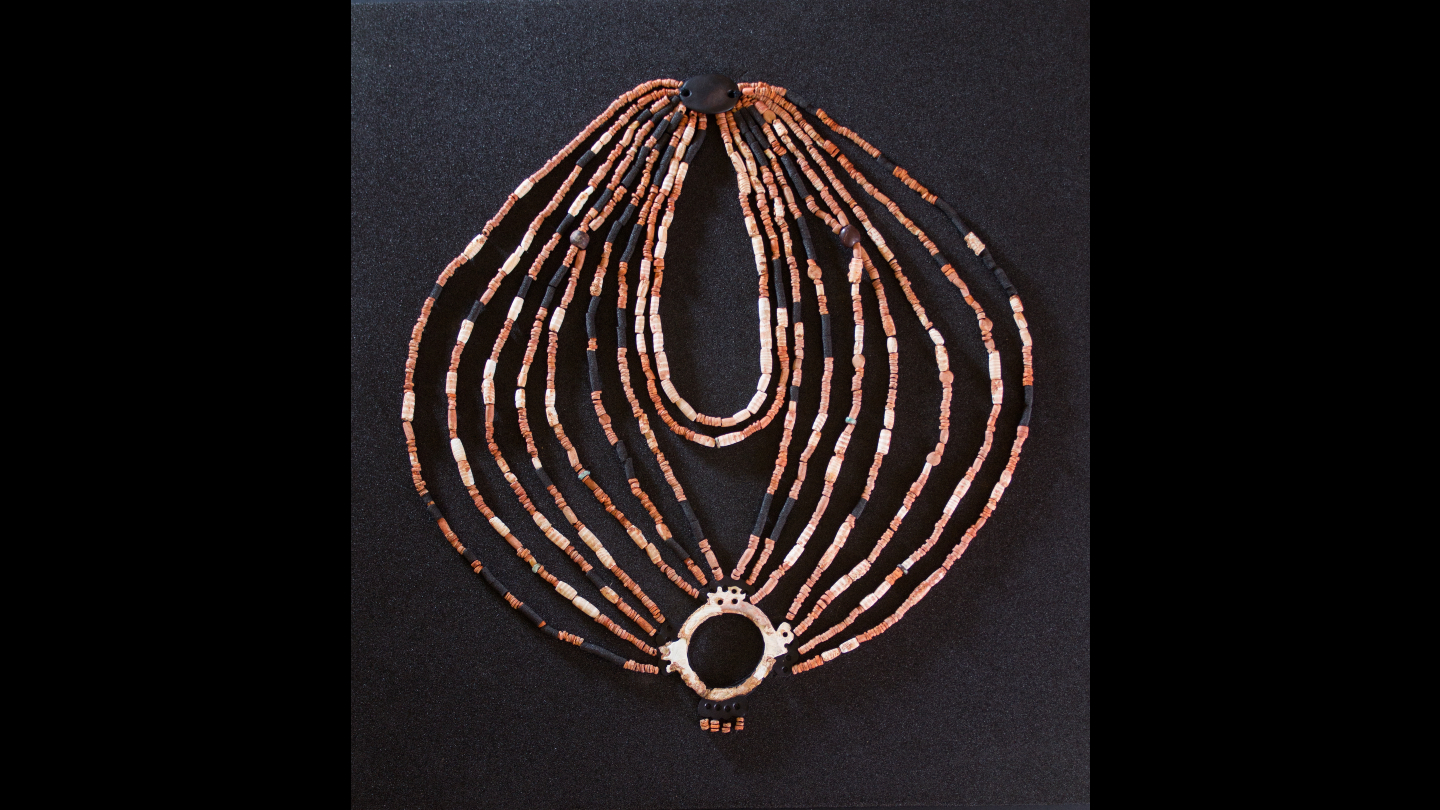
A Middle Eastern child interred in a stone-lined grave around 9,000 years ago wore an elaborate necklace that illustrates the complexity of social life in an early farming community, researchers say. See study here.
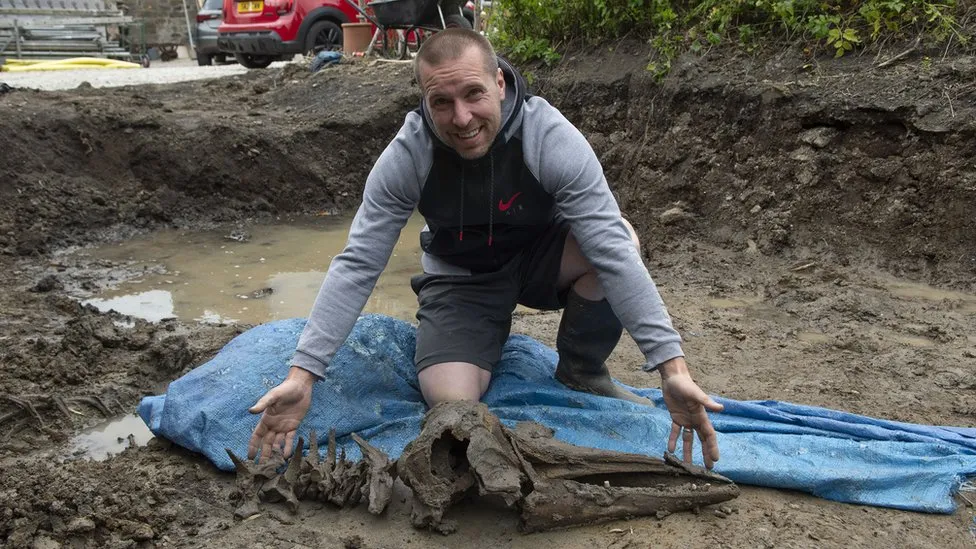
The bottlenose dolphin is thought to have washed up on an ancient shoreline after the last Ice Age. Archaeologists have described the prehistoric discovery in Causewayhead, Stirling, as “the find of a lifetime”.
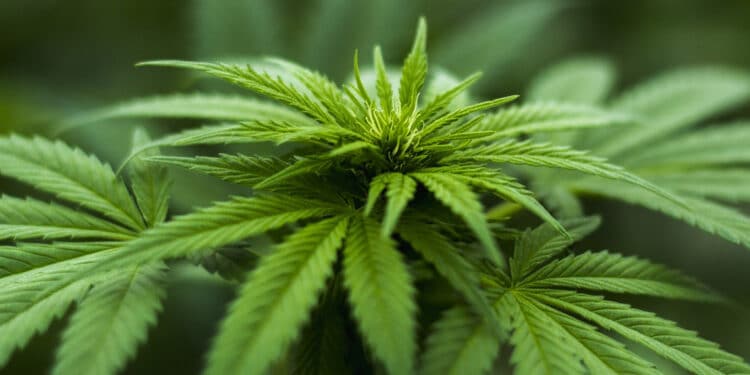
Cannabis-based medicinal products might help to improve symptom severity, sleep quality, and health-related quality of life in those with anxiety, according to new research published in the journal Psychopharmacology.
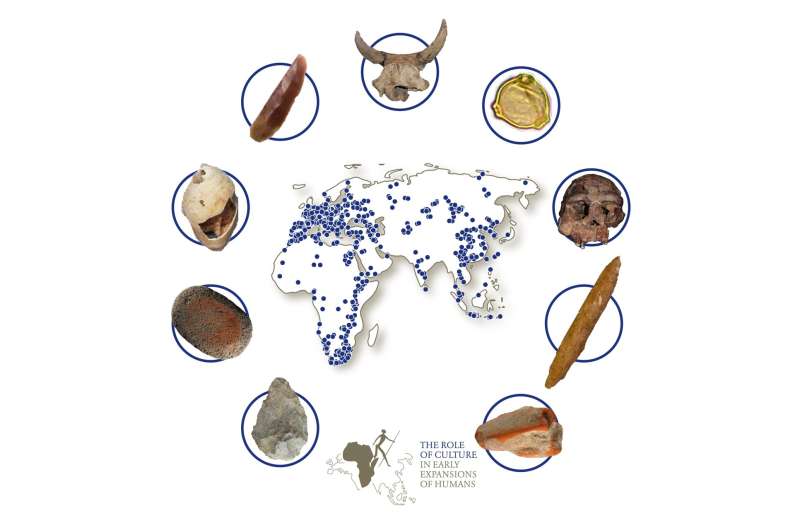
Human history in one click: For the first time, numerous sites relating to the early history of mankind from 3 million to 20,000 years ago can be accessed in a large-scale database. See research here.
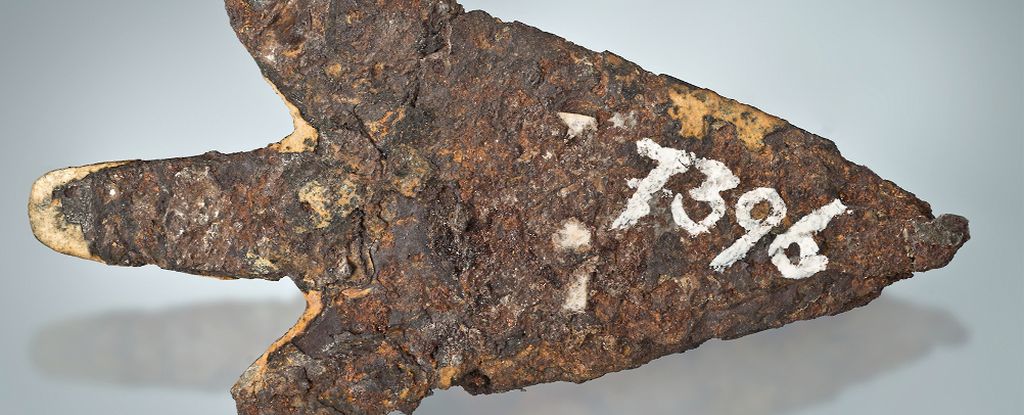
The tiny artifact is made from iron retrieved from an object that fell from the sky. But there’s a twist… See the research here.








